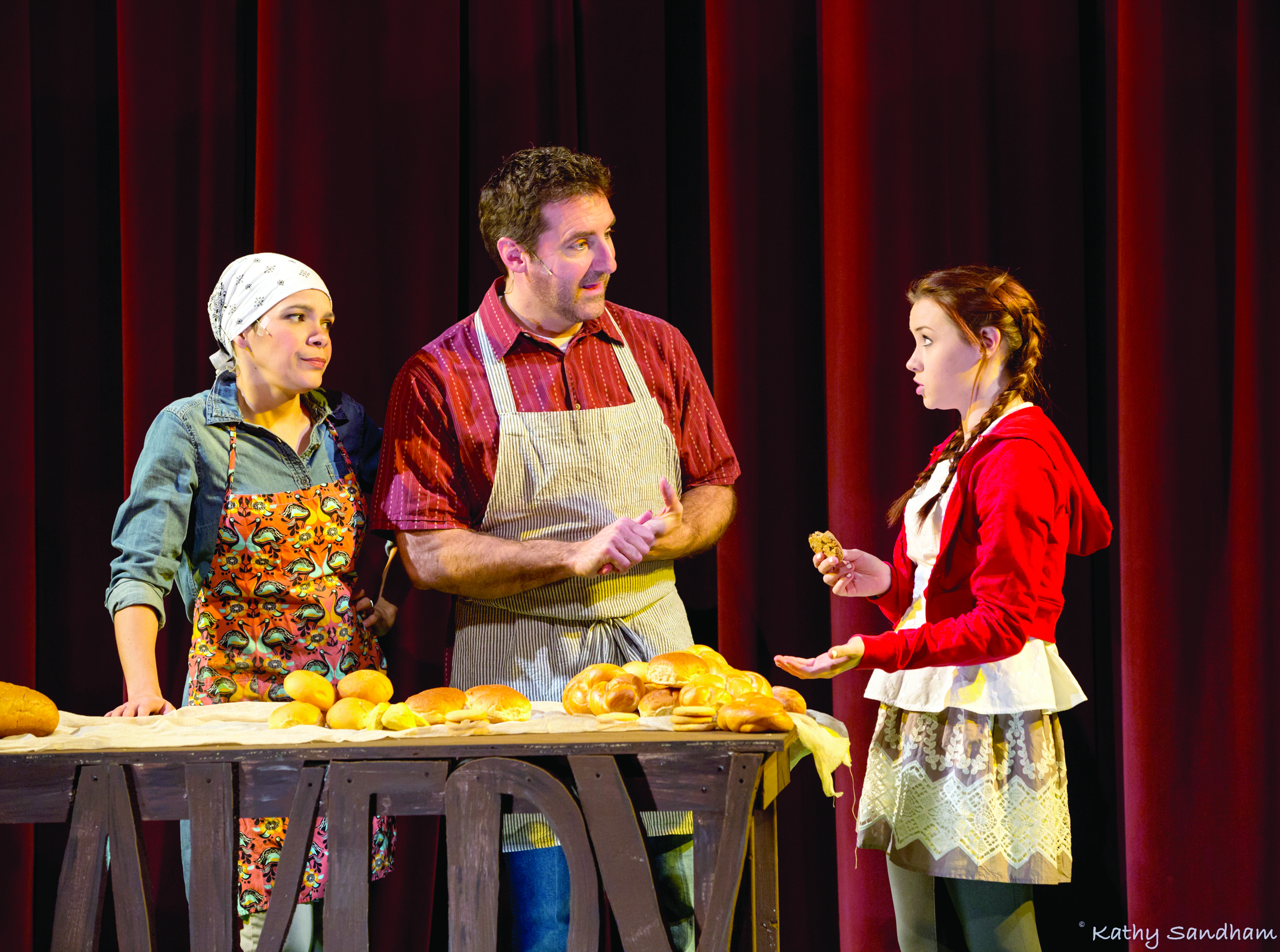Do Ho Suh’s collection of work about “transcultural displacement” impresses at MOCA Cleveland
Story by Carlo Wolff
Photos courtesy of The Contemporary Austin
Installations at the Museum of Contemporary Art Cleveland are always thought-provoking, but the ones on view there through Jan. 10 are absolutely mind-blowing.
Do Ho Suh is to the various meanings of home as Ferrari Adria Acosta was to the permutations of food in “Notes on Creativity,” the star chef’s deeply philosophical installation at the museum last fall.
Al Qadiri’s sonic installation suggests the museum can effectively tune itself, and Yitzhak’s ultramodern take on Rodin’s “The Thinker” raises interesting questions about the collision of art and politics.
Like Adria’s “Notes,” the Ho Suh installation, which occupies the Mueller Family Gallery on the third floor and the Toby Devan Lewis Gallery a floor below at MOCA Cle, resonates far beyond what one sees, prompting thoughts of home, of feeling grounded, travel, memory and cultural scramble.
Ho Suh is a native of South Korea who lives in London but considers New York his true home. He is a dream weaver – literally. Most of his exhibition, on the third floor, replicates apartments he has lived in to scale in weavings of monochromatic polyester.
The Specimen Series, his secondary exhibit on the second floor, extrapolates appliances and fixtures from those apartments, also expressed in translucent, transparent fabric. In addition, the centerpiece of one room is “Secret Garden,” a mixed media work showcasing Ho Suh’s traditional Korean home, complete with a garden, on a flatbed truck.
“Secret Garden” blends the delicacy and stillness of classical oriental line drawing with the drive and brawn of American industry; it’s curiously witty and lovely, and the accompanying animation is a hoot, showing the truck transporting its precious cargo from Seoul by way of Alaska to New York’s Madison Square Park. The journey never happened, but the idea electrifies and amuses.
In general remarks and a brief interview at an opening reception Sept. 25, Ho Suh said his work is about “transcultural displacement,” adding New York remains special to him; he lived in one apartment in the Chelsea district for 18 years, and in late September visited his landlord, who is 90 and suffering from Alzheimer’s.
That man, who supported Ho Suh’s work in his studio in that building, where he also lived, couldn’t remember his own son. But he remembered Ho Suh.
Ho Suh’s weavings – and rubbings lining the walls on the third floor – are his way of carrying his home with him, he said. They work, of course, only as art, but they’re so luminous, transparent and ephemeral, you’d swear you could turn a knob on the fabric stove and it would fire. The same dynamic applies to the wall hangings, which span faux blueprints, paintings and embedded thread. “Myselves,” a 2013 work of thread embedded in handmade Dieu Donne paper, seems to radiate, as Ho Suh’s different selves lay over each other, simultaneously trying to escape from each other.
His craftsmanship, daring and depth, not to mention his fearlessness, make experiencing the Do Ho Suh exhibition a must.
You leave the top floor by way of a screaming yellow staircase that takes you all the way down to entry level. You’re walking through Al Qadiri’s installation from top floor to the bottom, immersed in carefully curated modern music. While there is nothing beyond the staircase to see, the music changes the environment according to the place where you find yourself, simultaneously attesting to MOCA Cle’s increasing confidence in the use of all of its spaces, not just the rooms. The Al Qadiri is a rite of passage in tune with the other installations on view.
On the ground floor, you’ll find Nevet Yitzhak’s two-channel video installation on “The Thinker,” the iconic Rodin statue that is a kind of sentinel at the Cleveland Museum of Art. Bombed – literally – in 1970, allegedly by members of the Weather Underground, the massive bronze was effectively brought back to life by the Cleveland Museum.
This is Tel Aviv artist Yitzhak’s first solo museum presentation in the United States. Yitzhak, who considers herself a soloist whose main “instrument” is a computer, chose to focus on “The Thinker” following a trip to the Cleveland area in May in which she visited various cultural institutions, including CMA.
The installation juxtaposes a video of “The Thinker” with archival images including ones from the Sept. 11, 2001, destruction of the Twin Towers. It is particularly resonant in light of the recent destruction of ancient Middle Eastern artifacts by ISIS, aka the Islamic State. And in animating “The Thinker” – he “moves” in response to the other video, in a surreal kind of dance – Yitzhak has given him new life. CV
WHAT: Do Ho Suh; Fatima Al Qadiri, Chinas of the Mind; Nevet Yitzhak: Off the Ruling Class
WHEN: Through Jan. 10
WHERE: Museum of Contemporary Art Cleveland, 11400 Euclid Ave., Cleveland
INFO: 216-421-8671/mocacleveland.org
Originally published in the Cleveland Jewish News in October 2015.
* Lead image: This stove is part of Do Ho Suh’s Specimen Series.











